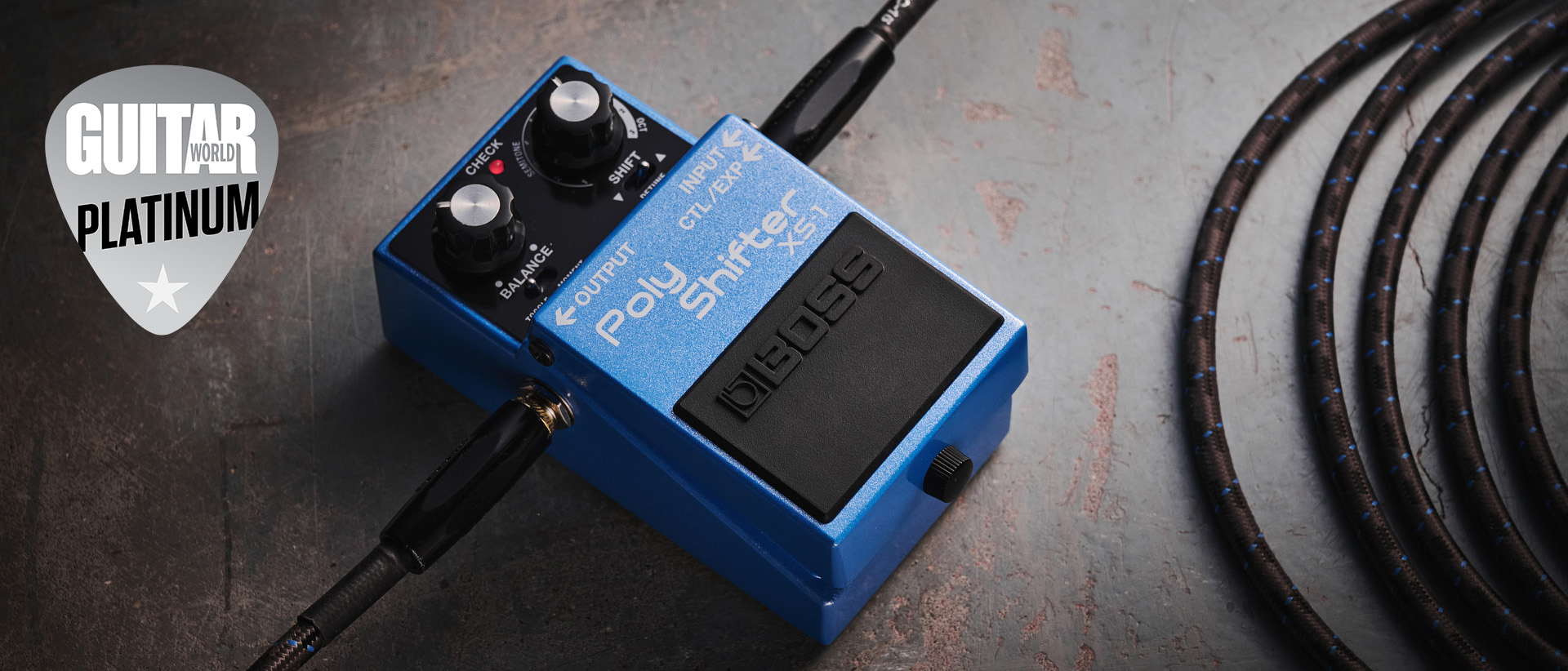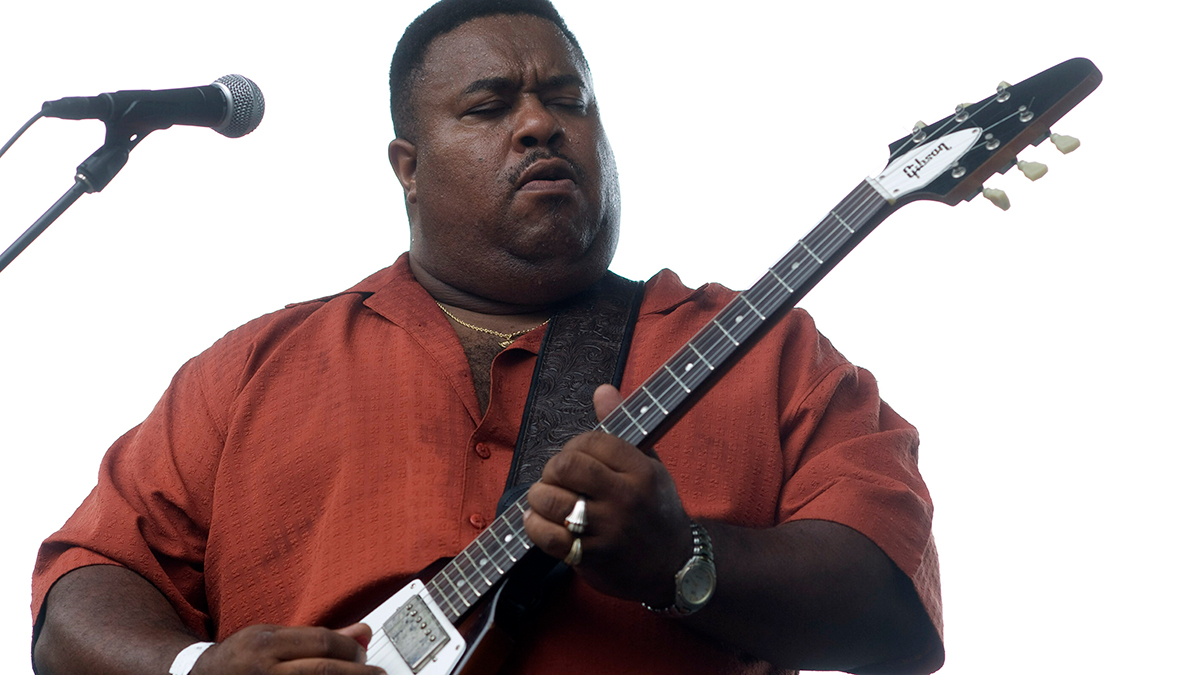Guitar World Verdict
Boss has finally entered the detuning game, and it's done it in style. The XS-1 is built like a tank, is effortless to use, and, even with such a sparse control set, can be used in a variety of ways. In fact, while the XS-100 has grabbed the headlines, the XS-1 stands as the dark horse of the range. I'm still finding ways to make the most of this little stompbox, and I don't expect to run out of ideas any time soon.
Pros
- +
High-quality detuning.
- +
Simple, intuitive design.
- +
Balance dial hugely expands its versatility.
- +
Expression pedal friendly.
Cons
- -
No MIDI compatibility like the XS-100.
- -
Bends track poorly with extreme shifts.
You can trust Guitar World
What is it?
It was big news when Boss announced its DigiTech Whammy rival, the XS-100, in late September. So much so, that its little brother, the XS-1, which was announced at the same time, was a little overlooked. But it’s very much a part of the firm’s all-new assault on the pitch-shifting pedal market.
Arriving in a standard pedal format, ideal for those concerned about pedalboard real estate, the XS-1 slims down the XS-100’s package. Gone is the expression pedal, its bank of presets, MIDI compatibility, and simultaneous running of its pitch-shifting and detuning functions. But the same best-in-class shifting capabilities (albeit with a reduced +/- three-octave total range) remain in a unit that puts tactile operation at the fore, making it an obvious choice for those wanting to drop or raise the pitch of their guitar, while also offering more than simply that function.
Boss has spent years developing its new shifting tech, mastered thanks to an all-new algorithm, and the XS-1 is just as much a labor of love as its sibling. Offering two dials, one for choosing the pitch-shift value, and one for the effect’s balance versus the dry signal, it’s as straightforward as it comes.
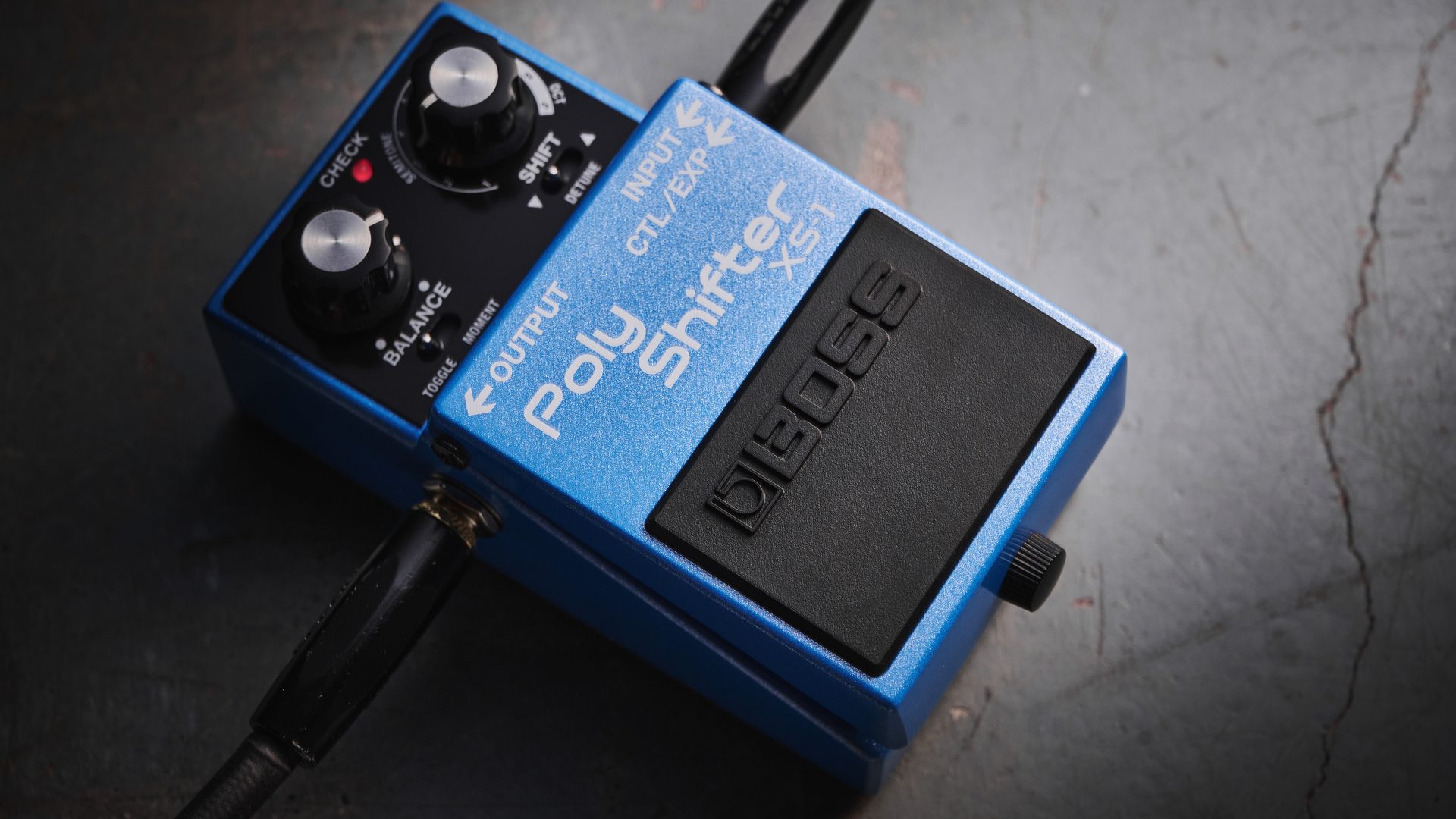
Two mini-switches sit beneath, dictating Toggle and Momentary operation of the footswitch, and whether the shift value is going up or down, complete its control count. You don’t need a rocket science degree to get stuck into it.
Beyond the unit itself, there's the option of hooking it up to an external expression pedal, which will help broaden its appeal to those put off by the XS-100's $350 price tag, but where the XS-100 was unique in taking the Whammy on head-to-head, the XS-1 is airdropped into a more competitive market.
DigiTech's Drop, Electro Harmonix's Pitch Fork, and even Gamechanger Audio x Fender, with its wonderfully bonkers Bigsby Pedal, have all impressed before it when it comes to pitch-shifting pedals that give your tuning pegs a break. So, in such lauded company, does the XS-1 do enough to plant Boss's flag in the turf?
Specs
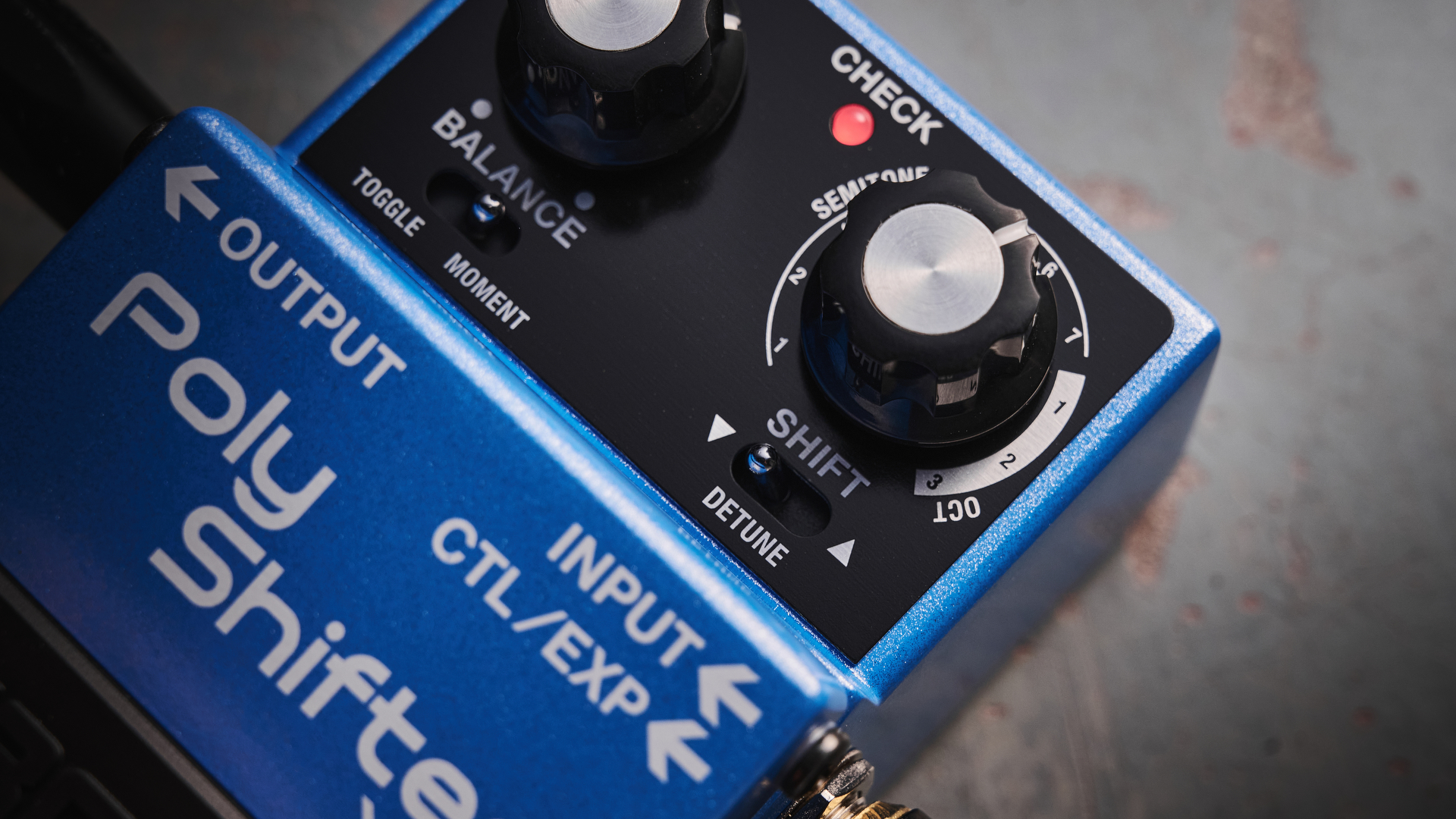
- Launch price: $349 / £299
- Type: Polyphonic pitch-shifter pedal
- Controls: Balance, Shift value, Shift direction, Toggle/Moment
- Features: Pitch-shifter/detuner
- Connectivity: Input, Expression pedal input, Output
- Bypass: Buffered
- Power: 9V AC, 160 mA power supply (not included)
- Dimensions: 73mm (W), 129mm (D), 59mm (H)
- Weight: 410g (0.9 lbs) including battery
- Options: N/A
- Contact: Boss

Build quality
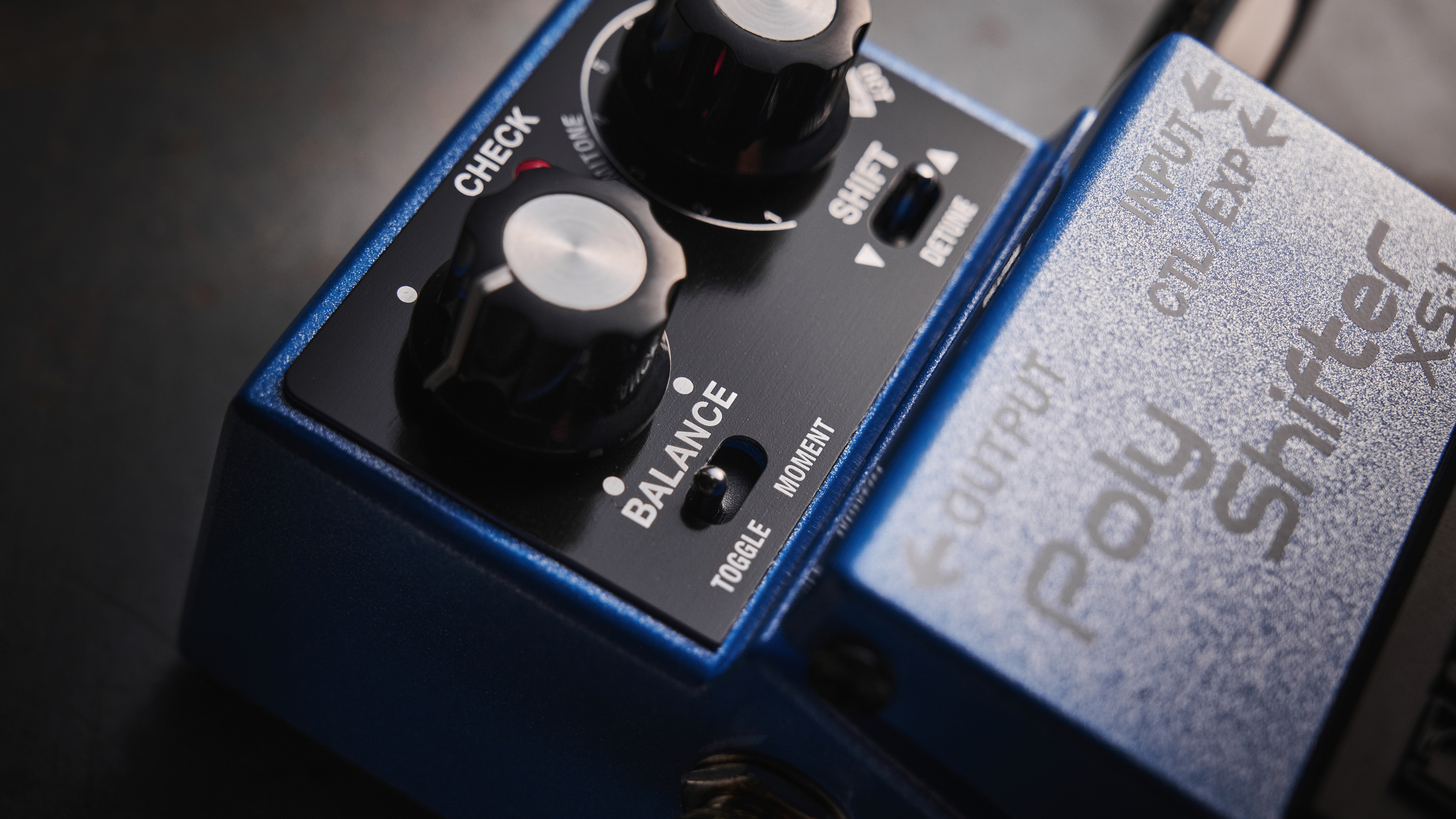
Build quality rating: ★★★★★
All the latest guitar news, interviews, lessons, reviews, deals and more, direct to your inbox!
In my early band days, there was a running joke that everyone owned at least one piece of Cort gear. Its budget products had a way of slipping their way into everyone’s collection, one way or another. The same can be said of Boss pedals. Just like opinions, everyone’s got at least one – hell, John 5’s Mötley Crüe board is exclusively Boss – and there’s good reason for that.
Well, three actually: sounds, price, and build quality. At $199, the XS-1 isn’t its cheapest stompbox, but even before opening the oh-so familiar black box it arrived in, I knew what I was getting myself into. Here, Boss’s reputation is in no danger of being tattered.
It's a shame it isn't MIDI slave-able, but otherwise, it's another foolproof Boss build
It looks and performs exactly as you’d want a Boss pedal to. It’s built to withstand plenty of stomping, and its slender array of controls will help with its ruggedness, as, put simply, there's less to go wrong. And those mini-switches, despite their diminutive forms, are as strong as they come.
Granted, there's no chance of getting a toe in that gap to change settings easier mid-song, which is a small shame considering it isn't MIDI slave-able, but otherwise, it's another seemingly bulletproof Boss build.
Usability
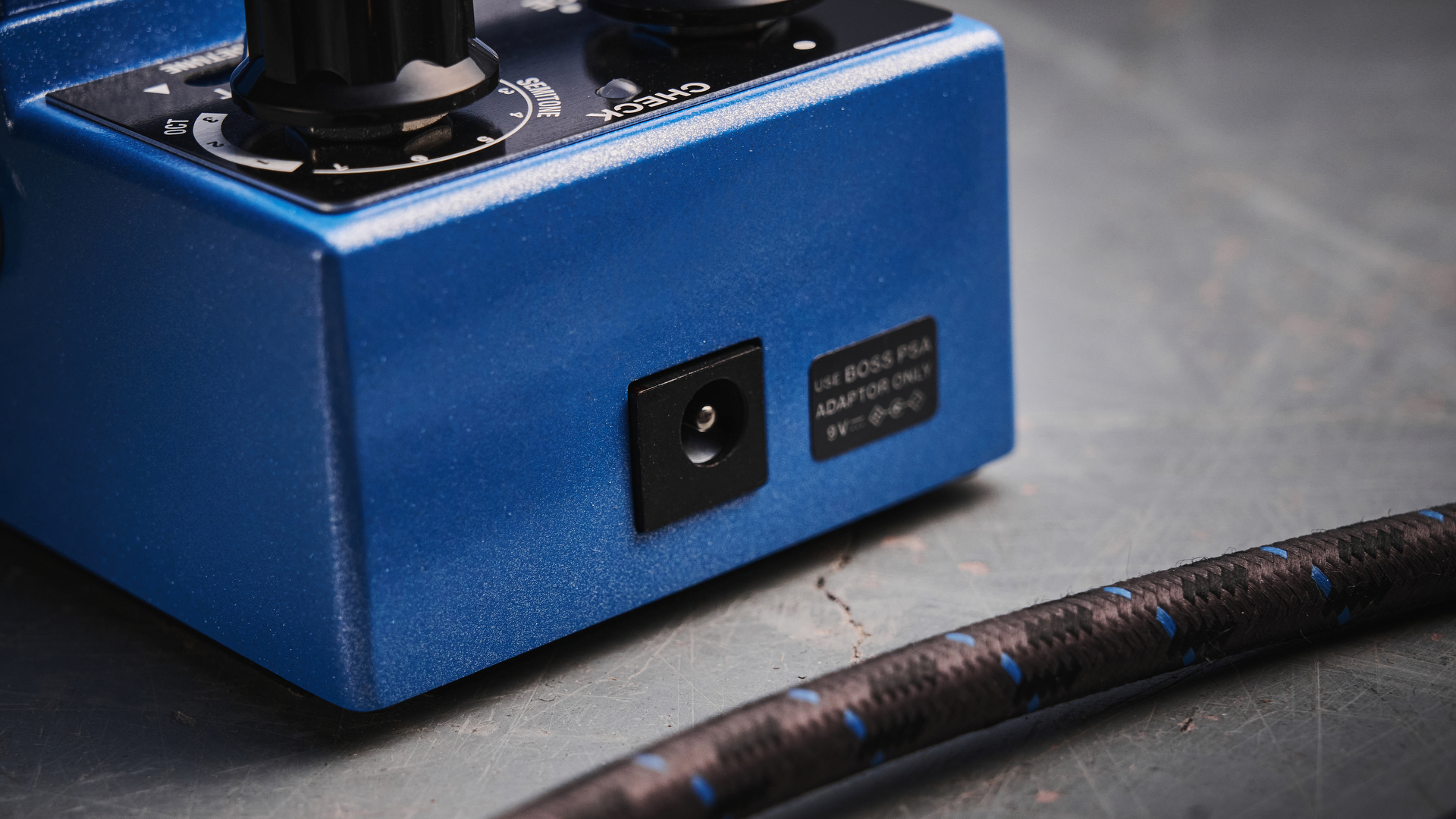
Usability rating: ★★★★★
Where the XS-100 relies on a small screen for navigation, what you see on the surface of the XS-1 is what you get. It's a lot more tactile, and it works a treat. Within mere seconds, it’s easy to understand how it works. Getting to the fun stuff couldn't be quicker.
Although the pedal’s quirk is its ability to re-pitch the signal, the real legwork comes via the Balance control, which dictates the blend between the wet, effected, and the dry, unaffected signal. The higher the value, the more effect you get. That makes it more than just a pitch-shifter; it can be an octaver, too, and there are quirks beyond that. The dial really broadens its palette. More on that below.
As ever, there’s a 9V battery compartment hidden under the footswitch, meaning it isn’t married to pedalboard power supplies. Otherwise, there’s not much to report; it’s a piece of cake to use.
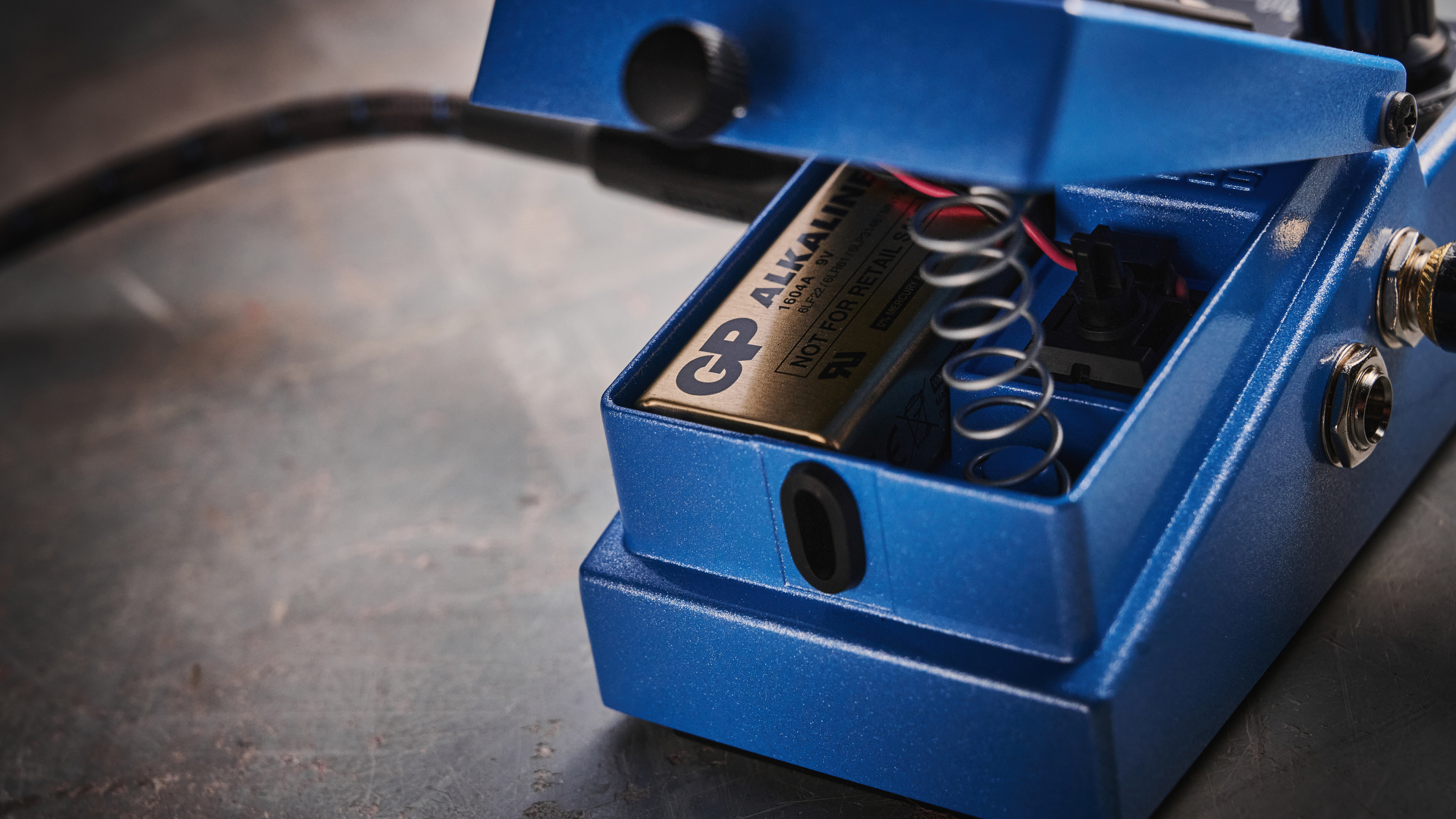
Sounds
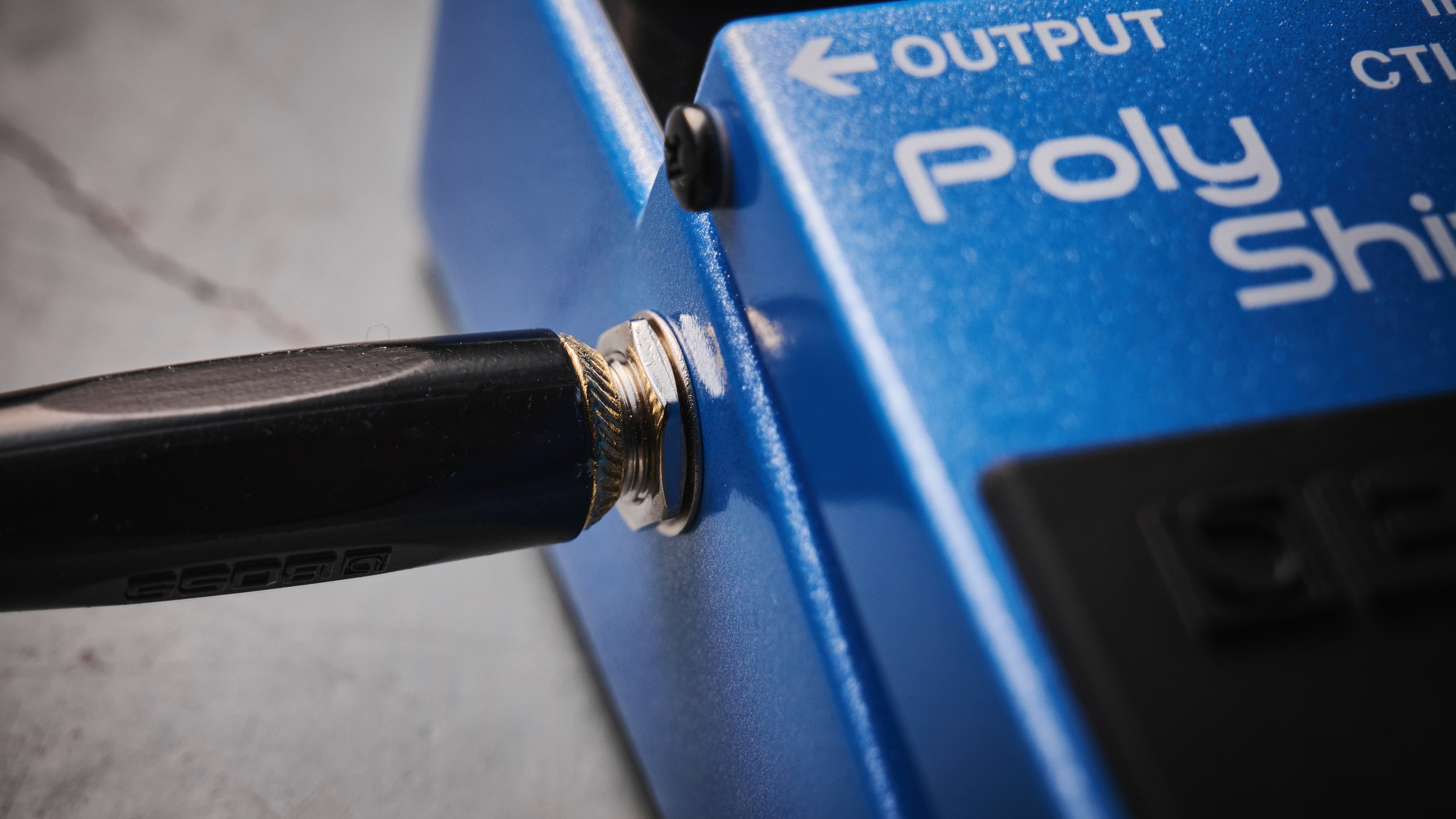
Sounds rating: ★★★★★
As far as pedals go, the cleanliness of the effect is unparalleled. Some modelers and plugins may contest that theirs is better.
The detuning feature, whether going up or down in range, is incredibly convincing, and with more typical usages, the tracking is faultless. This is the pedal’s bread and butter, and even at its most dramatic detune, at +/- 7 semitones, chords are tracked with great detail. Boss’s claims of the pedal being artifact-free more than hold up. I’d have the confidence to gig with this and use it to avoid guitar changes. It’s compelling.
There's an impressive three-octave span to make the most of too, but once beyond the realm of +/- two octaves, its viability starts to wane, especially on the lower strings. Keep dropping down the octaves, and you’ll journey from stank face city to muddy cacophony pretty quickly. And here, it hates bends; what comes out there sounds like a dying demon, and not in a cool death metal way.
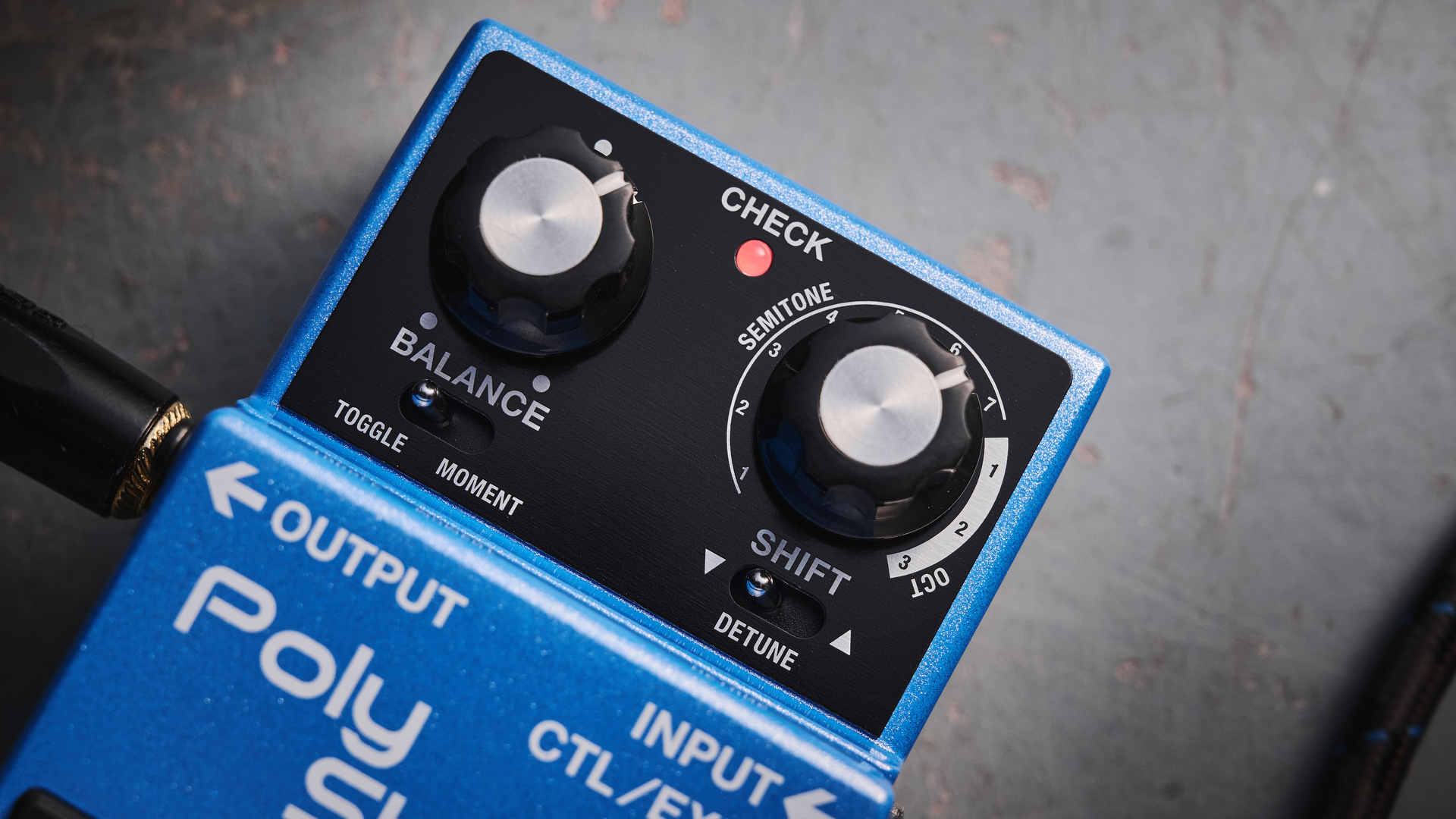
However, I had a blast using the -3 octaves on the higher strings. What I play sounds pitched. I’m not going to convince anyone that this is a dry signal, but there’s a weird charm to it, pushing a metal rhythm tone into a Jack White-esque fuzz territory, and it tracks really well, too. It's a quirk I never expected the pedal to have, but it came as a very fun and very pleasant surprise.
There's an impressive three-octave span to make the most of, but once beyond the realm of +/- two octaves, its viability starts to wane
Still, it’s the Balance dial that steals the show. Using the pedal solely as an octaver, it makes the effect incredibly personalizable. Adding just a little bit injects extra bass to riffs and chords. Pull it back, however, and the tone that comes lurching out of my speakers (I’m testing it using Neural DSP plugins, including Archetype: Misha Mansoor X) wants my lunch money. It's nasty.
At 12 o’clock on -1 octave, I get a gnarly octaver tone that’s so angsty it makes me want to hate my mom and start a garage rock band. But there’s a huge amount of sculpt-ability. It's far from cut-and-dry.
At 100%, I was losing a little note clarity, especially with more complex chords, but that goes with the territory. In short, it’s wickedly effective.
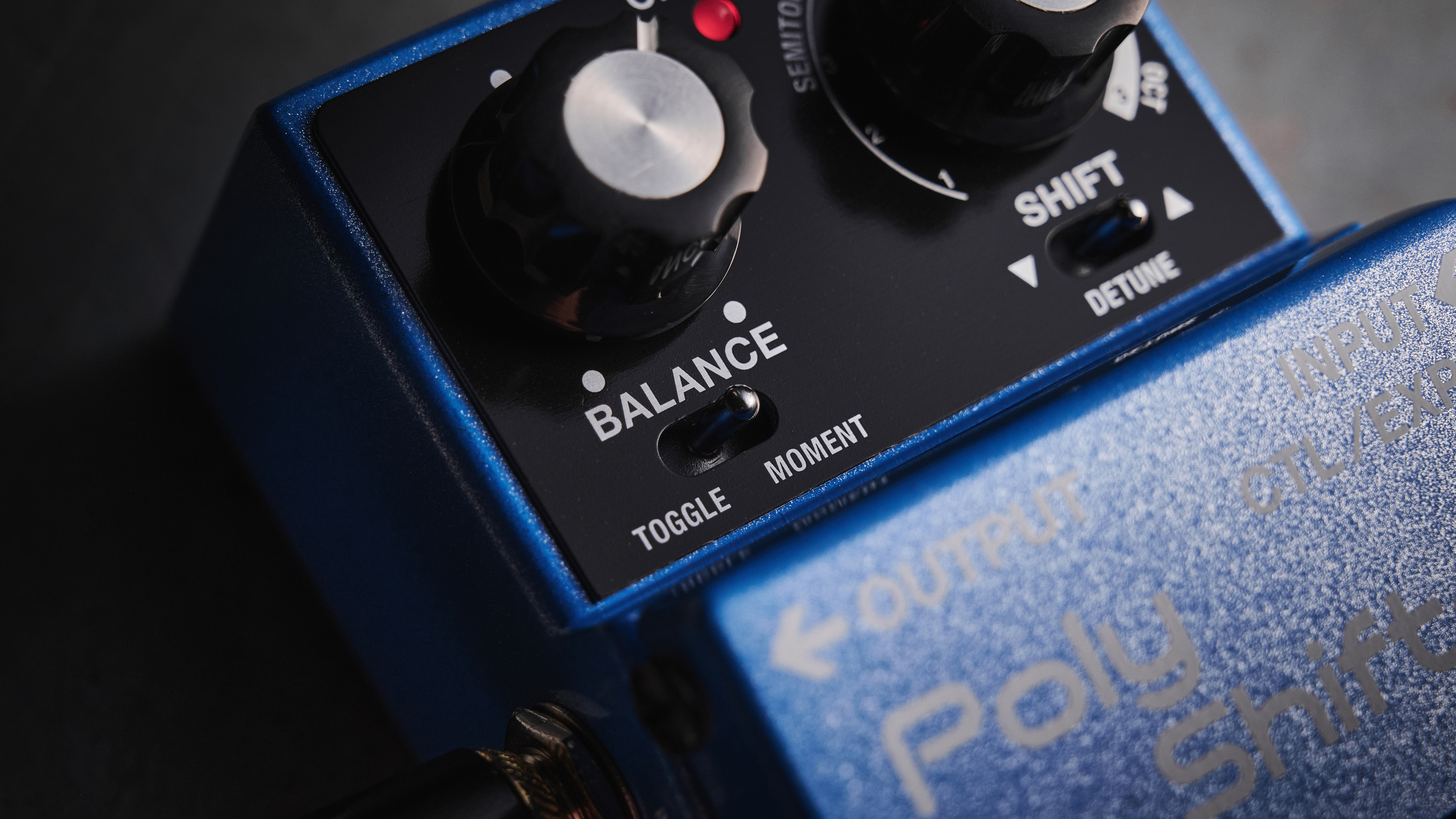
Verdict
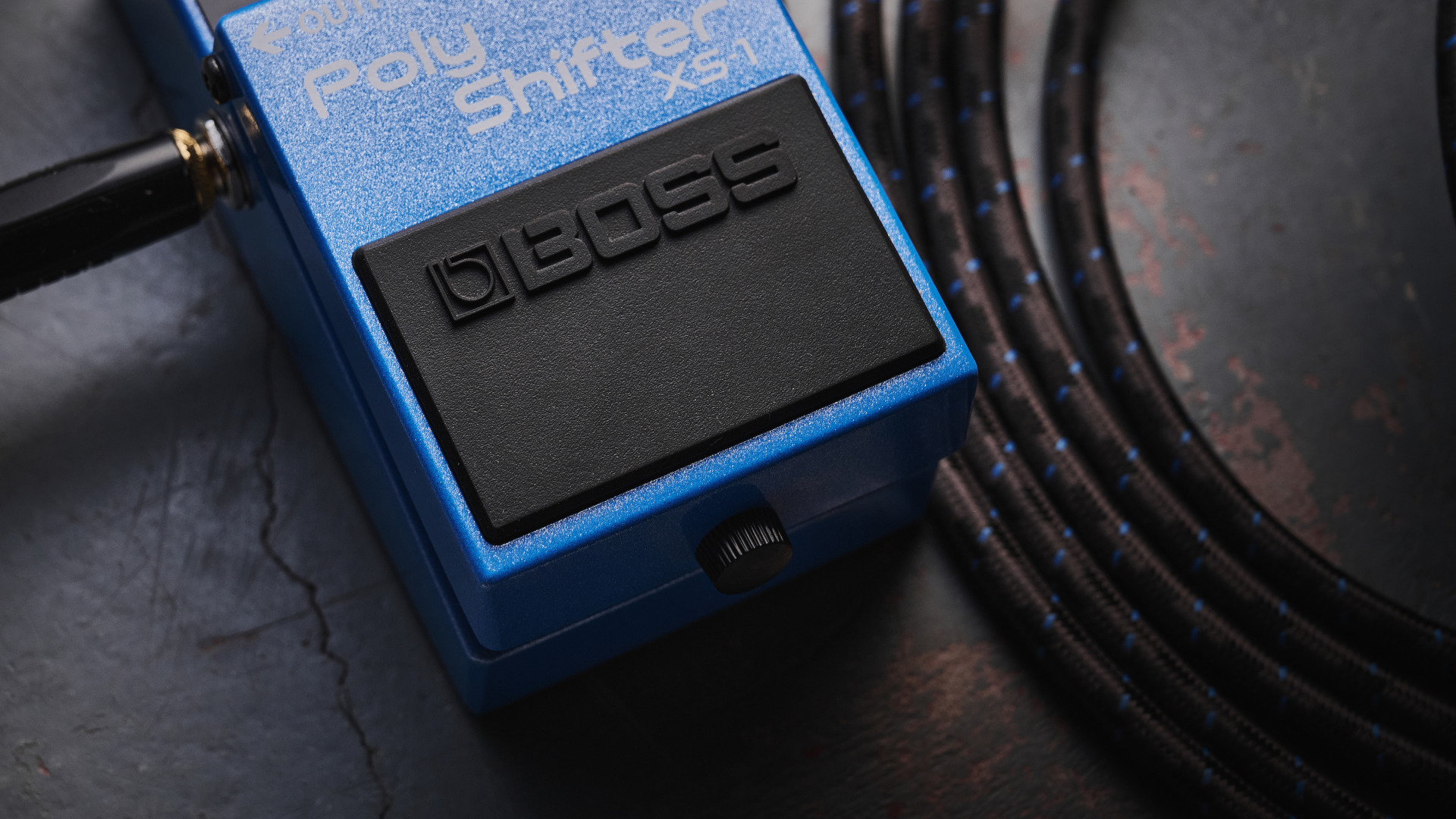
Pitch-shifting features are pretty commonplace these days. Every new Neural DSP plugin has them, while other pedals, plugins, and digital amp modelers boast them, too. Yet Boss’s detuning recipe might just be the cleanest and most impressive yet.
The pedal shines when employed more typically, dropping a tone or two to save you from having to take extra guitars to shows, adding a subtle low-end boost to riffs, or going full-blown ugly with octave grit. Naturally, it struggles when really pushed to its limits, but for its more everyday employment, it’s really hard to fault it.
In the writing room, it has inspiration on tap; on stage, it could be a godsend
I’ve had the privilege of trying out this and its big brother, the XS-100, and despite having a more streamlined set of features, the XS-1 is the one I’m more likely to drop onto my ‘board. It’s a fierce and versatile little unit, packed with the high-quality and effortless usability you expect from Boss. In the writing room, it has inspiration on tap; on stage, it could be a godsend.
Guitar World verdict: Boss has finally entered the detuning game, and it's done it in style. The XS-1 is built like a tank, is effortless to use, and, even with such limited controls, can be used in a variety of ways. In fact, while the XS-100 has grabbed the headlines, the XS-1 stands as the dark horse of the range. I'm still finding ways to make the most of this little stompbox, and I don't expect to run out of ideas any time soon.
Test | Results | Score |
|---|---|---|
Build quality | As you'd expect from Boss. It would likely survive a nuclear apocalypse | ★★★★★ |
Usability | Super easy to use, with just the right amount of controls | ★★★★★ |
Sounds | Impressively clear detuning, tasty octaver sounds, and a little weirdness on tap when getting creative with the Balance dial. There's a lot to like | ★★★★★ |
Overall | Well built, easy to use and nicely versatile, Boss's patience in nailing the recipe has proven worthwhile | ★★★★★ |
Also try
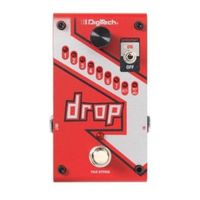
DigiTech Drop
$249 / £130
Very much the forefather of the XS-1. Although it can only shift down, it has the same 7 semitone range, as well as one full octave and an octave + dry effect. So, it's slightly smaller in scope, but comes in a good chunk cheaper, too.
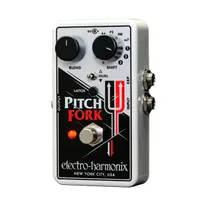
Electro-Harmonix Pitch Fork
$198/£169
Another big hitter in the shifting game, EHX's Pitch Fork offers more specific intervallic shifts, such as a perfect 5th and minor 7th, with a three octave range and momentary operation. It's also expression pedal-friendly.
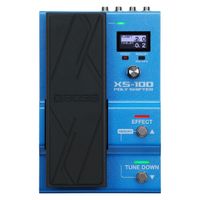
Boss XS-100
$349 / £299
Takes the XS-1’s top-tier shifting and adds in an expression pedal and a far greater suite of customization options, but navigating its menu isn’t the easiest
Hands-on videos
Riffs, Beards & Gear
Pedalboards of Doom
Leon Todd
A freelance writer with a penchant for music that gets weird, Phil is a regular contributor to Prog, Guitar World, and Total Guitar magazines and is especially keen on shining a light on unknown artists. Outside of the journalism realm, you can find him writing angular riffs in progressive metal band, Prognosis, in which he slings an 8-string Strandberg Boden Original, churning that low string through a variety of tunings. He's also a published author and is currently penning his debut novel which chucks fantasy, mythology and humanity into a great big melting pot.
You must confirm your public display name before commenting
Please logout and then login again, you will then be prompted to enter your display name.
